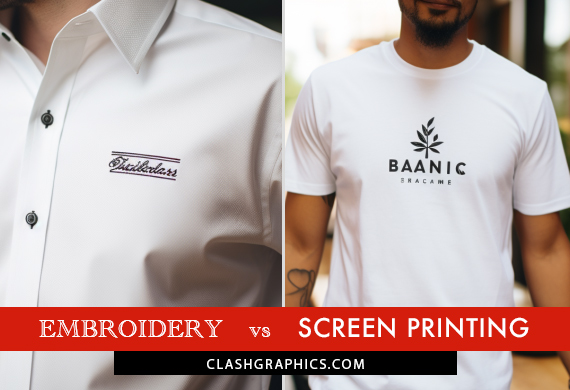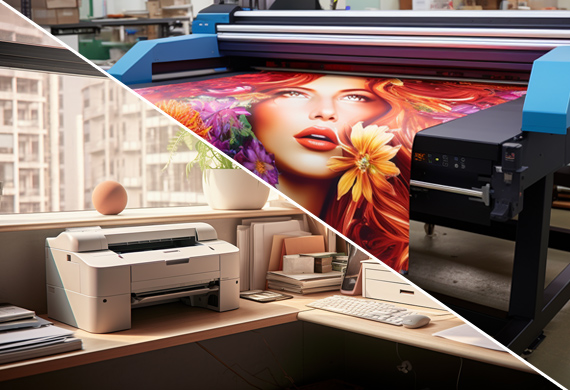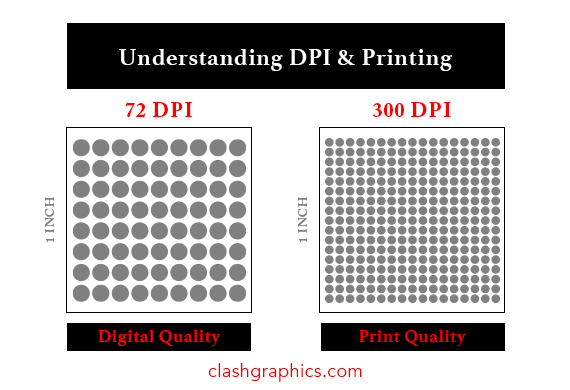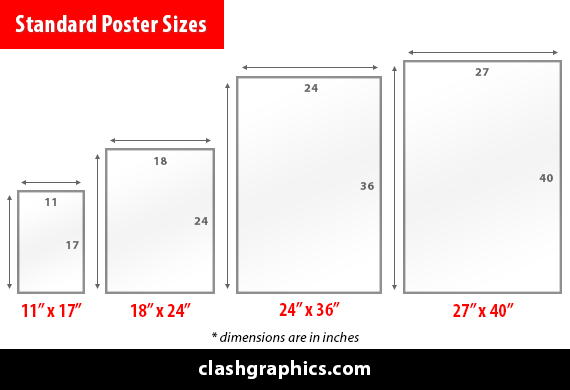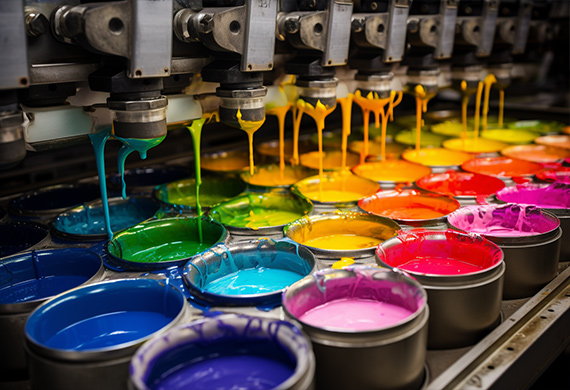What Information To Put on a Business Card
Posted by Clash Graphics on 23rd Aug 2021
Prevent losing potential business and the embarassment of a poorly designed business card. Knowing how to produce a business card that is sharp and focused will be compelling and help keep your audience engaged. Business card by chandrayaan.creative…
read more
